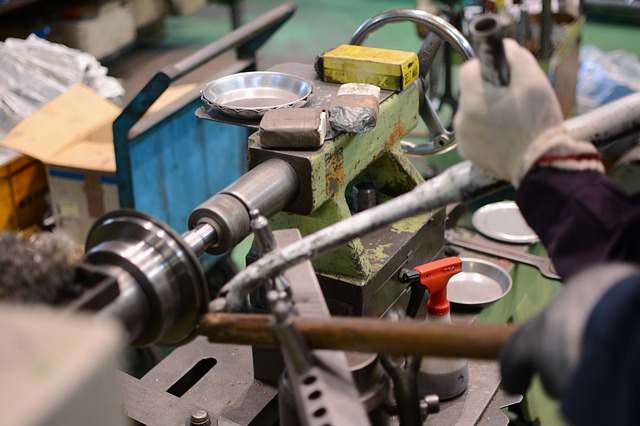-
The Philippine manufacturing sector remained in expansion territory in July albeit posting a slight decline in index from June, according to the latest survey of IHS Markit
-
The Philippine Purchasing Managers’ Index fell from 50.8 in June to 50.4 in July, still above the 50 no-change threshold that separates expansion from contraction
-
Declines in output and new orders persisted and domestic demand and production levels were still impacted by the pandemic
-
Virus-related restrictions persisted in the Philippines, which contributed to weak domestic demand, and a general reluctance to spend in July
-
Firms raised their pre-and post-production inventories at marginal rates factory-gate prices rose
The Philippine manufacturing sector remained in expansion territory in July albeit posting a slight decline in index from June, according to the latest survey of IHS Markit.
Declines in output and new orders persisted and domestic demand and production levels were still impacted by the pandemic, IHS Markit said.
The Philippine Purchasing Managers’ Index fell from 50.8 in June to 50.4 in July, but remaining above the 50 no-change threshold that separates expansion from contraction. The latest uptick was marginal, but contrasted with the PMI falling below the 50 threshold seen in April and May.
“Although the Philippines’ manufacturing sector recorded another improvement in operating conditions during July, latest data revealed domestic demand and production levels were still impacted by the pandemic,” IHS Markit economist Shreeya Patel said in a statement.
IHS Markit noted that virus-related restrictions persisted in the Philippines, which contributed to weak domestic demand, and a general reluctance to spend in July. That said, the decline in new order volumes was broadly similar to that seen in June, and only marginal overall.
In contrast, international demand for Filipino manufactured goods rose for the third successive month and at a modest pace amid improvements in global economic conditions.
Production levels fell for the fourth month running, though at a fractionally quicker pace than in June. According to survey panel members, firms struggled to obtain new orders due largely to the pandemic and weak domestic demand.
Workforce numbers were cut for the 17th successive month in July.
Signs of spare capacity were once again evident during July following another solid decline in backlogs. Incomplete work has now fallen in each month since March 2016.
A combination of raw material shortages and virus-related restrictions led to another marked lengthening of supplier lead times. Vendor performance has now deteriorated in every month since August 2019.
Meanwhile, amid hopes of greater demand and efforts to cushion against any future shortages, firms raised their pre-and post-production inventories at marginal rates.
Higher prices for raw materials and the introduction of value-added tax for some goods added to input prices in July. Factory-gate prices also rose during the month, with survey panel members noting a partial pass-through of higher expenses and the impact of the introduction of VAT.
The Bureau of Internal Revenue on June 27 imposed a 12% VAT on indirect exports and sale of services previously taxed at zero rate. Following protest from a broad range of industries, the policy was deferred after a month, with some firms already having implemented the measure.
READ: BIR officially suspends 12% VAT on exporters’ local purchases
Looking ahead, IHS Markit said the sentiment regarding output expectations over the next 12 months improved to a four-month high.
Patel said “encouragingly, vaccination efforts have provided a boost to the future outlook, in turn prompting input buying and rising stock volumes.”
She added, however, that “domestic demand must improve throughout the second half of the year to help underpin growth in 2021.”





